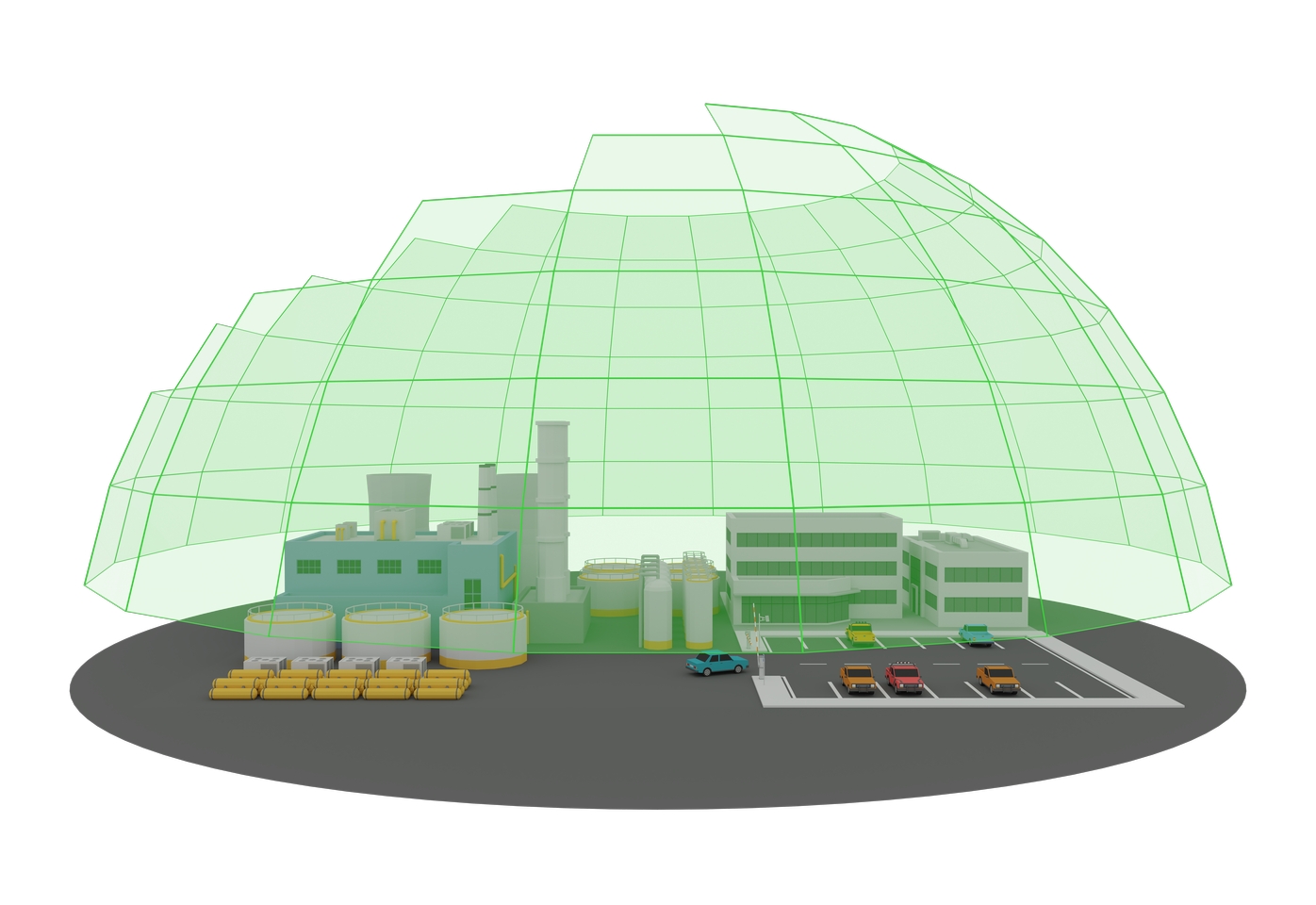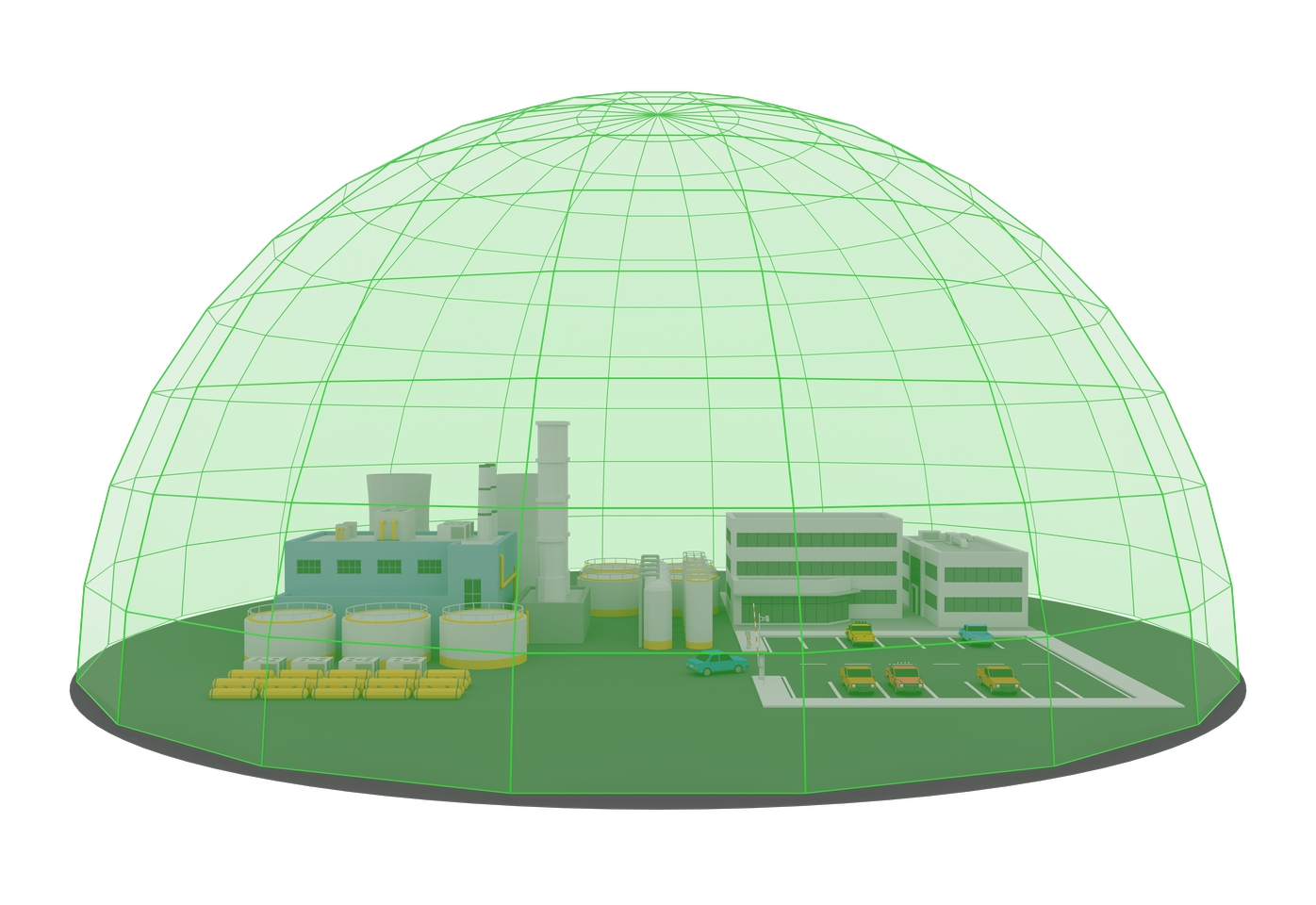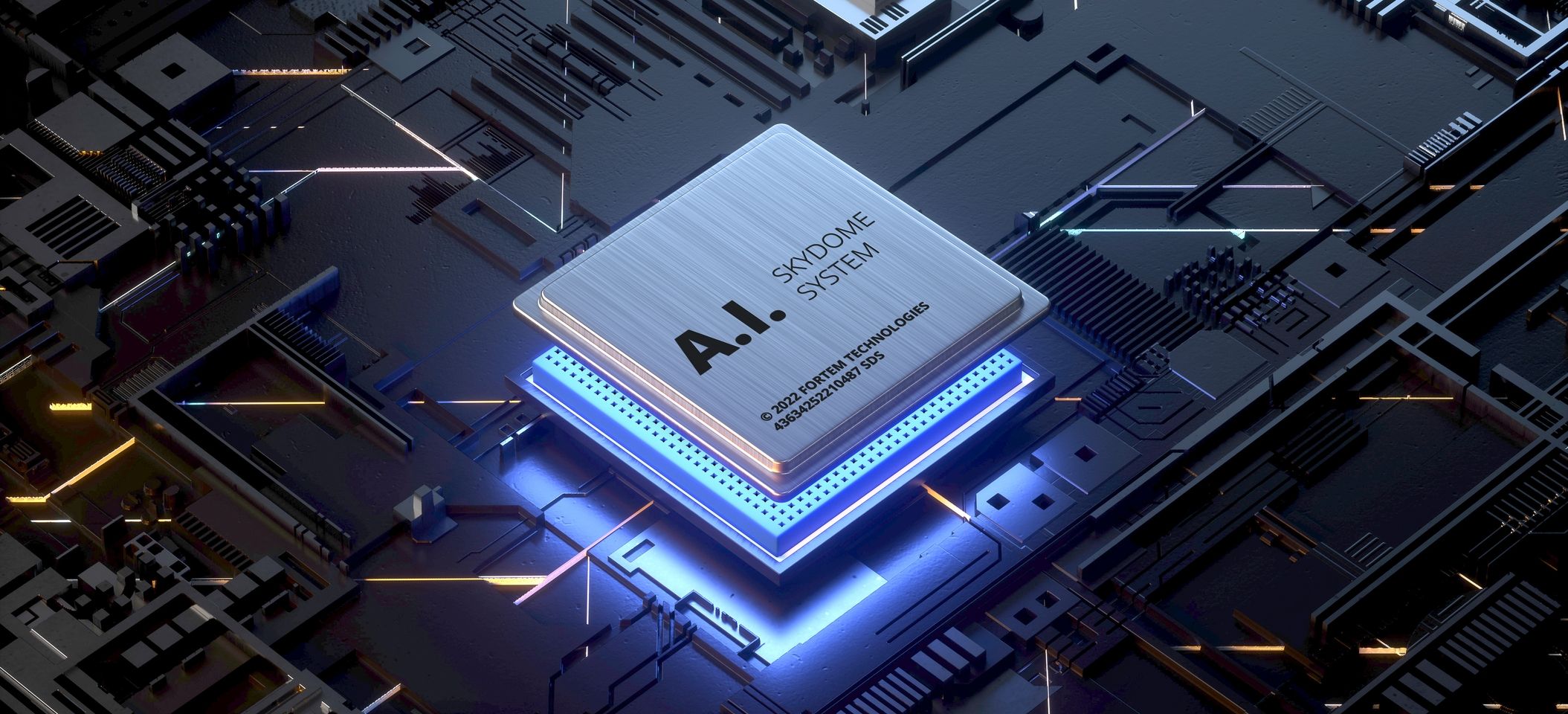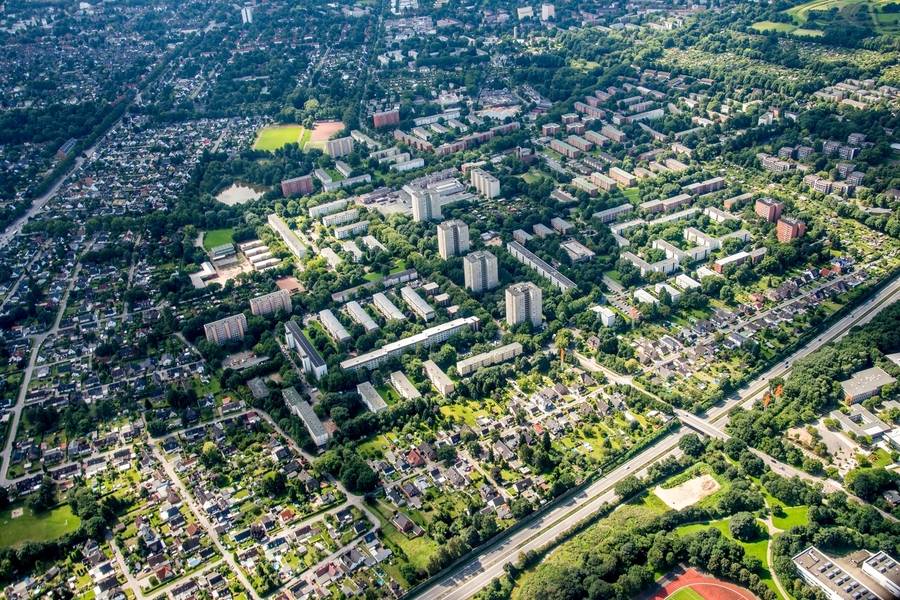TrueView® R30 Radar
Accurate 3D Detection
Track objects in full 3D with extreme precision. Able to resolve objects just meters apart, even at slow speeds.
Ideal SWaP-C
All TrueView® radar products are compact, lightweight, and require minimal power (as little as 38 watts for R20 models).
Wide Area Protection
Excellent beam width, angle, and range. Combine four TrueView® radars to achieve total 360° coverage.
Ready for Sensor Integration
Pair with a TrueView® camera unit to benefit from radar-guided pan, tilt, zoom, and focus for real-time visual tracking.
Low, Slow, Small — See It All
Detect and track the small, low-flying, slow-moving (less than 0.1 m/s) drones that other radars struggle to follow.
Easy to Set Up and Operate
Rapid setup for permanent or portable applications, optimized for reliable cueing of other sensors or mitigation systems.
Low False Alarms
While other radars are plagued by false alarms often triggered by birds, TrueView® radars harness AI-powered microdoppler classification to alert only on objects of interest, tuning out distractions.
STAP-Enabled
Environmentally aware filtering and advanced space-time adaptive processing (STAP) algorithms allow TrueView® radars to excel in cluttered metropolitan areas, even when positioned close to the ground.
Drone detection turned up to eleven

The R30 is a symbol of a well-protected airspace. It is a high-performance, true AESA (Active Electronically Scanned Phased Array) radar with 256 receive elements, 16 digital channels, multi-channel digital beamforming, simultaneous analog beam steering, and outstanding antenna efficiency.
Its hardware specs alone make the R30 one of the industry's top contenders. But TrueView® radars have a major advantage over alternatives — AI at the Edge. Featuring an onboard graphics processor (GPU), the R30 analyzes contacts in real-time to deliver intel that is far more accurate and complete than anything competing radars can manage.
Scalability is another important benefit. The R30's ability to network with other TrueView® radar units allows for total 360° coverage of large-scale zones, even in metropolitan areas with tall buildings.
TrueView® Radar: Airspace awareness ahead of the curve
Fortem's TrueView® radar family leads the pack in the low-SWaP AESA radar segment. It is also the only radar brand applying the latest advancements to improve drone defense. Powered by blazing-fast NVIDIA™ graphics processors (GPUs), TrueView® radars go beyond simple detection, harnessing artificial intelligence to track and classify objects with extreme accuracy.
The AI relies on more than 10 years of machine learning wisdom to deliver the cleanest categorization on the market, bar none. And all of this happens onboard the radar itself — AI at the Edge — ensuring that information sent back to command is both prompt and detailed.

Purpose-built for drone detection
Traditional radar systems are meant to detect large threats, like enemy aircraft, or fast-moving threats, like guided missiles, approaching from a distance. They are not suited for countering the multitude of Group 1 and Group 2 drones causing trouble today.
Aside from being smaller than yesterday's threats, drones can fly much slower and at much lower altitudes. They are also very nimble, able to slip between gaps in defenses with surgical precision. Above all, drones are a new problem that demands new answers, not old ones.
Fortem's answer is TrueView®, a new breed of radars created specifically for anti-drone purposes.
Guaranteed low SWaP-C
SWaP-C is a military acronym. “SWaP” stands for Size, Weight, and Power, while “-C” stands for Cost, which is measured against the first three qualities. Today's defense organizations value versatility in military hardware. In contrast to the large, costly radar emplacements of the past, they now prefer small, efficient devices that are still powerful, but also flexible and portable.
It's a smart philosophy, which is why it has always been Fortem's top priority. All TrueView® radar products are, from conception to production, engineered for optimum SWaP-C. Both the R30 and its even smaller counterpart, the R20, are small enough to be carried and weigh less than 7 kg (15.5 lbs). They are also incredibly efficient — at full load, an R20 consumes just 38 watts. That's about the same as a household lightbulb.

360 degrees of certainty
Many radar systems — even modern ones — suffer from blind spots that can potentially be exploited. Criminals and terrorists are able to breach these inadequate defenses with high-flying drones that evade their detection, or with low-flying drones that enter underneath it. By contrast, TrueView® radars offer actual 360° coverage of an airspace via superior 3D detection of targets and the ability to link multiple units to form an impenetrable mesh.

Other Radars

TrueView® Radars
AI at the Edge
TrueView® is much more than radar that can detect drones. Just as the problem of drones can't be explained in simple terms, simply being able to detect them does not sufficiently solve it.
Mainly, this is because of false alarms, which are common with other drone-capable radars. Birds are often mistaken for drones, leading to unnecessary panic. The opposite is also possible, and could have devastating consequences. For those tasked with defending sensitive airspaces from drone invasion, neither failure is acceptable.

TrueView® radars eliminate this shortcoming by doing intensive compute work inside the radar itself, utilizing highly advanced AI software. A convolutional neural network (CNN) applies adaptive machine learning combined with dynamic analysis to expose anomalies. It gives reliable, precise classificatons regardless of factors known to interfere with other radars, such as the presence of buildings or harsh weather conditions. Objects are assessed using their micro-doppler radar signatures, pattern of movement, size, position, and velocity. Multiple objects can be assessed simultaneously.

Unrivaled scalability
Because TrueView® radars can be linked directly to one another, there's no practical limit to the size of a TrueView® detection grid.
In fact, the R20 and R30 are designed for installation at both small and very large scales. AI at the Edge makes them extremely well suited to cover large geographical areas, since distance from the command and control center doesn't impact their ability to quickly register drones.
Any type of airspace can be protected, including urban areas with densely packed buildings.



No comments:
Post a Comment